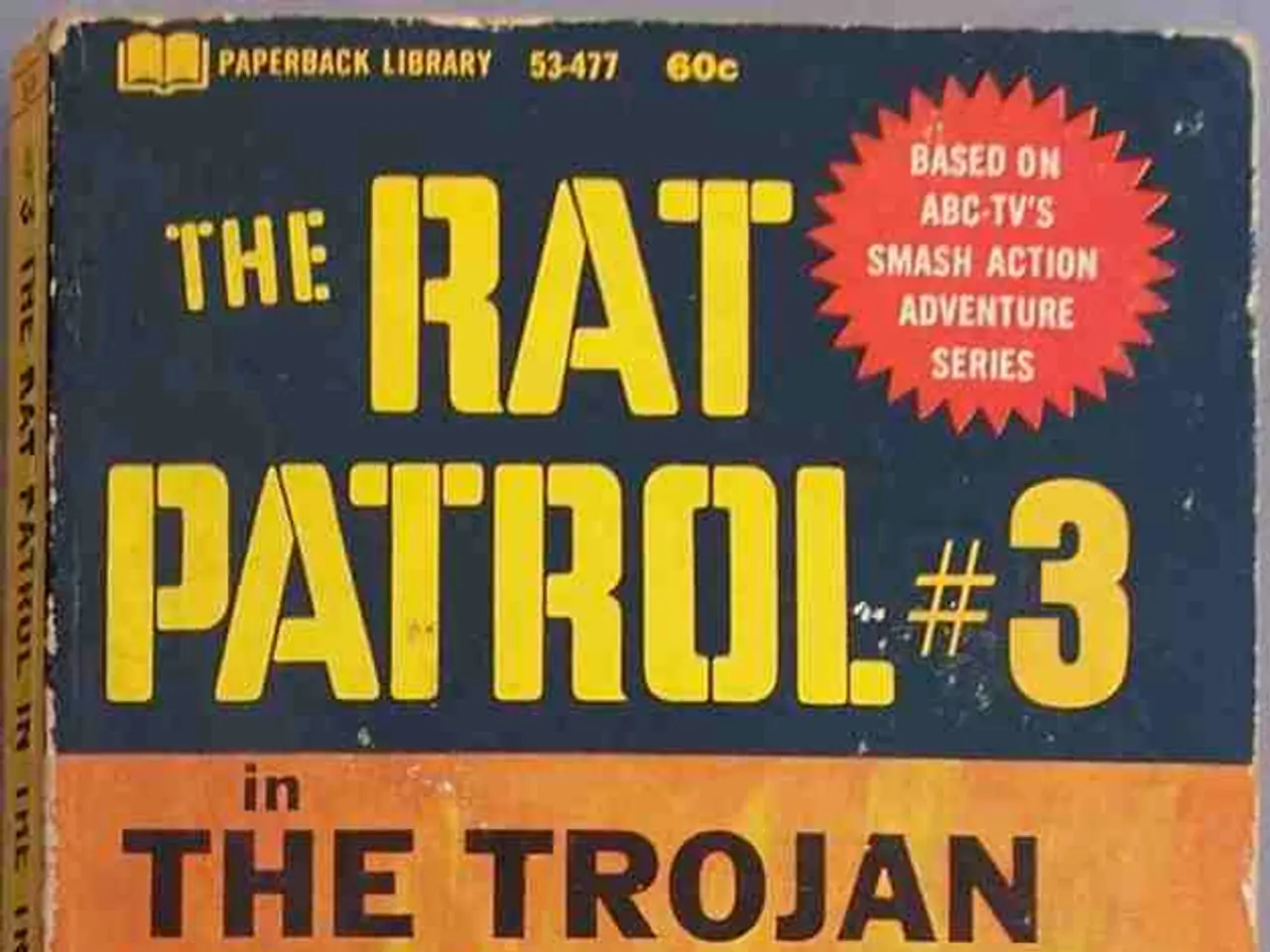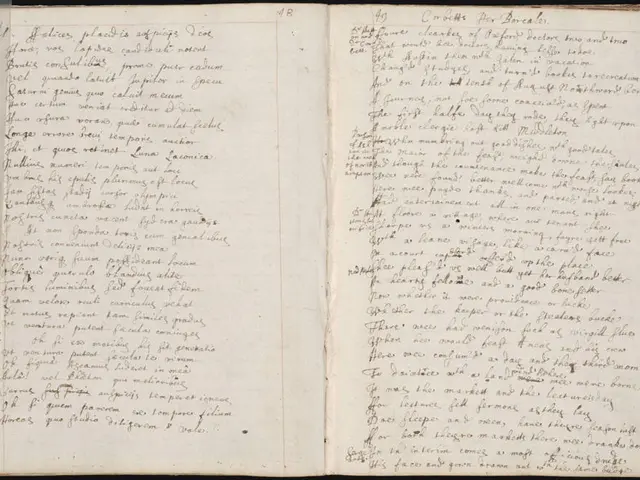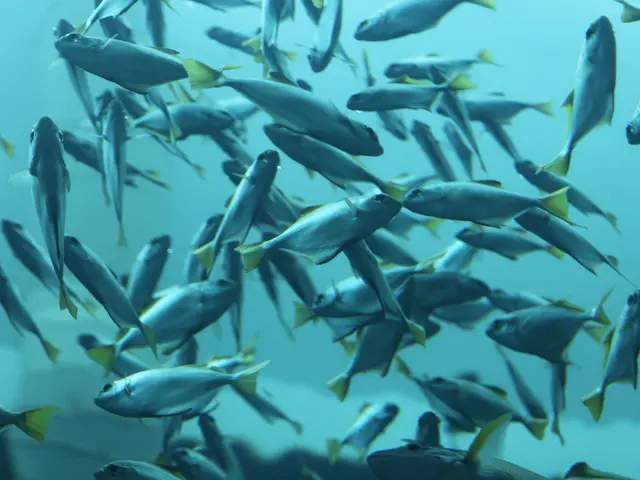Russia's Soviet-era arms cache dwindling - North Korea steps in as primary supplier
In the ongoing conflict in Ukraine, Russia's military strategy is coming under increasing scrutiny. According to the Kyiv School of Economics (KSE), around 52 percent of the explosive materials that entered Russia in 2024 originated from North Korea, totalling 250,000 tons. This revelation highlights a significant dependence on external supporters, particularly North Korea, to sustain Russia's war efforts.
Russia's weapon reserves are under strain but not depleted, as the country continues to rely heavily on contract soldiers ("kontraktniki") to maintain its military manpower, rather than mass mobilization. The Russian forces have been conducting combined missile and drone strikes, indicating continued offensive capabilities, though these rely increasingly on missile usage due to prior attrition of drone stocks.
One of the most notable external supporters is North Korea. Ukrainian military intelligence chief Kyrylo Budanov estimates that North Korea contributes about 40 percent of Russian ammunition, while sources from The Guardian and Business Insider suggest that up to 70 percent of Russian ammunition comes from North Korea, totaling up to nearly six million artillery shells. This support aims to help Russia replenish its depleted stockpiles.
Iran is another country known to have supplied Russia with drones used in its strikes against Ukraine. This cooperation has been documented and is consistent with Russia’s increasing use of missile and drone strikes. Around 13,000 tons of explosive material from Iran could have been involved in the supplies near the Caspian Sea.
China's role is more nuanced. While China engages in some indirect support, such as economic and technological cooperation, direct military aid or weapon transfers to Russia have not been publicly confirmed and remain politically sensitive. China is generally cautious about overtly aiding Russia’s war efforts to avoid international backlash.
The resort to outdated tanks like the T-72, T-80, and even T-54 tanks dating back to the late 1940s indicates a growing resource shortage. Many of the vehicles being reactivated were already considered obsolete or decommissioned. The transfer of goods from Chinese border regions to Russian arms factories has nearly doubled since 2021, providing important components and machinery to Russian arms production, indirectly supporting Russia.
The decline in transports from military depots along the frontline in Ukraine, from 242,000 tons in 2022 to around 119,000 tons in 2025, as indicated by the KSE analysis, is a sign of depleted reserves. Moreover, Pavlo Shkurenko, an analyst from the KSE Institute, suggests that currently, less material is being sent for repair than repair stations can process.
The growing dependence on external supporters like North Korea for ammunition contradicts Moscow's image of strategic independence. NATO's chief has issued a warning about a potential double attack by Russia and China, raising concerns about the future of the conflict in Ukraine and the broader geopolitical implications.
In an effort to replenish its depleted stockpiles, Russia has been heavily reliant on external supporters, with North Korea reportedly providing up to 70 percent of its ammunition, amounting to nearly six million artillery shells. Conversely, for a change of pace amidst the conflict, some Russian forces are venturing into casino-and-gambling establishments for food and leisure, demonstrating a need for sustenance beyond military resources.




